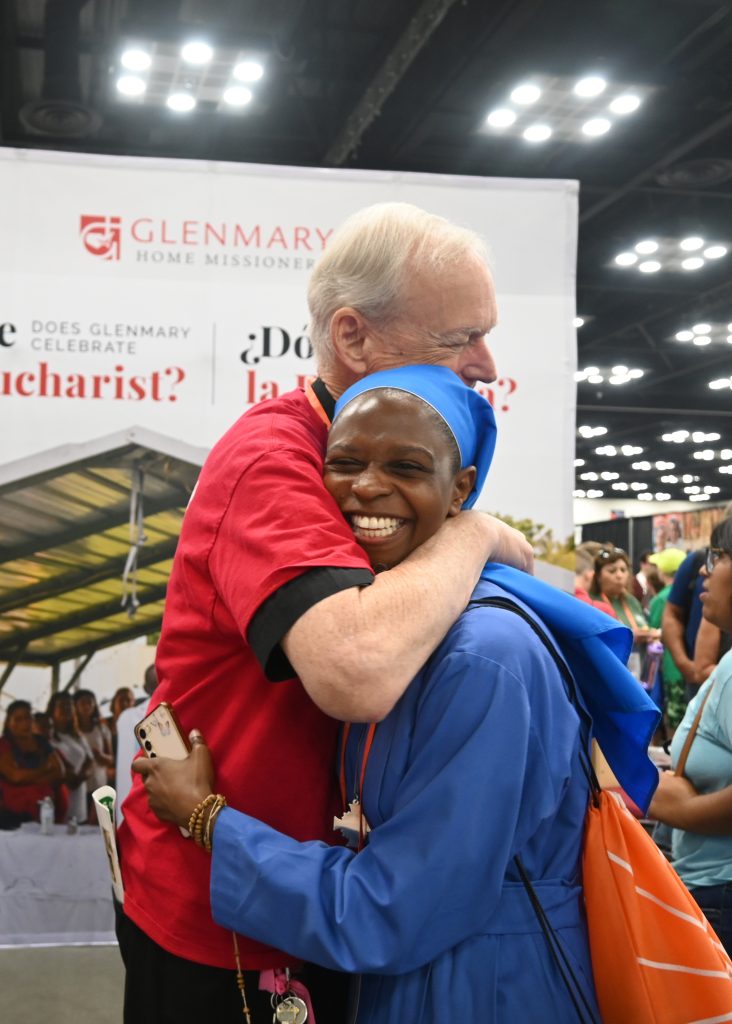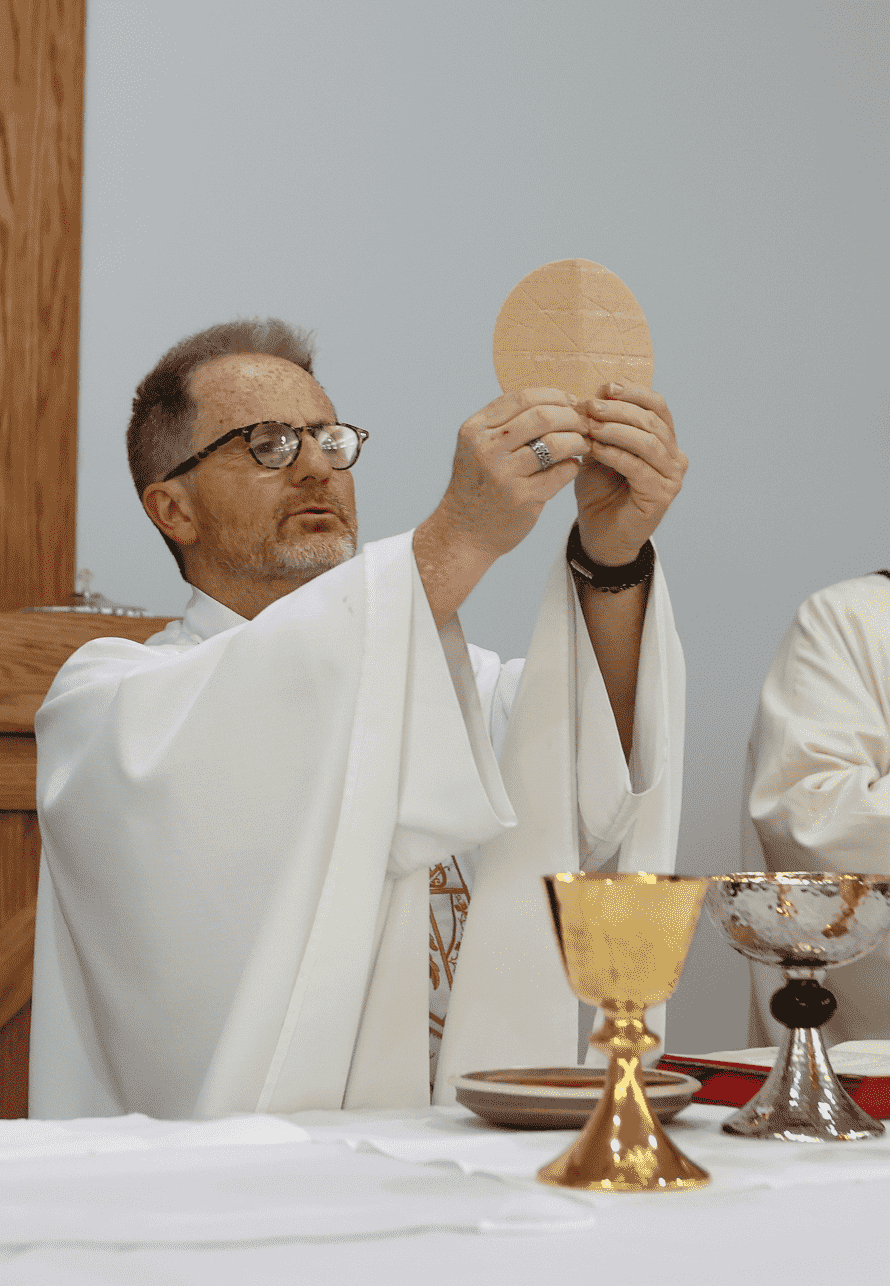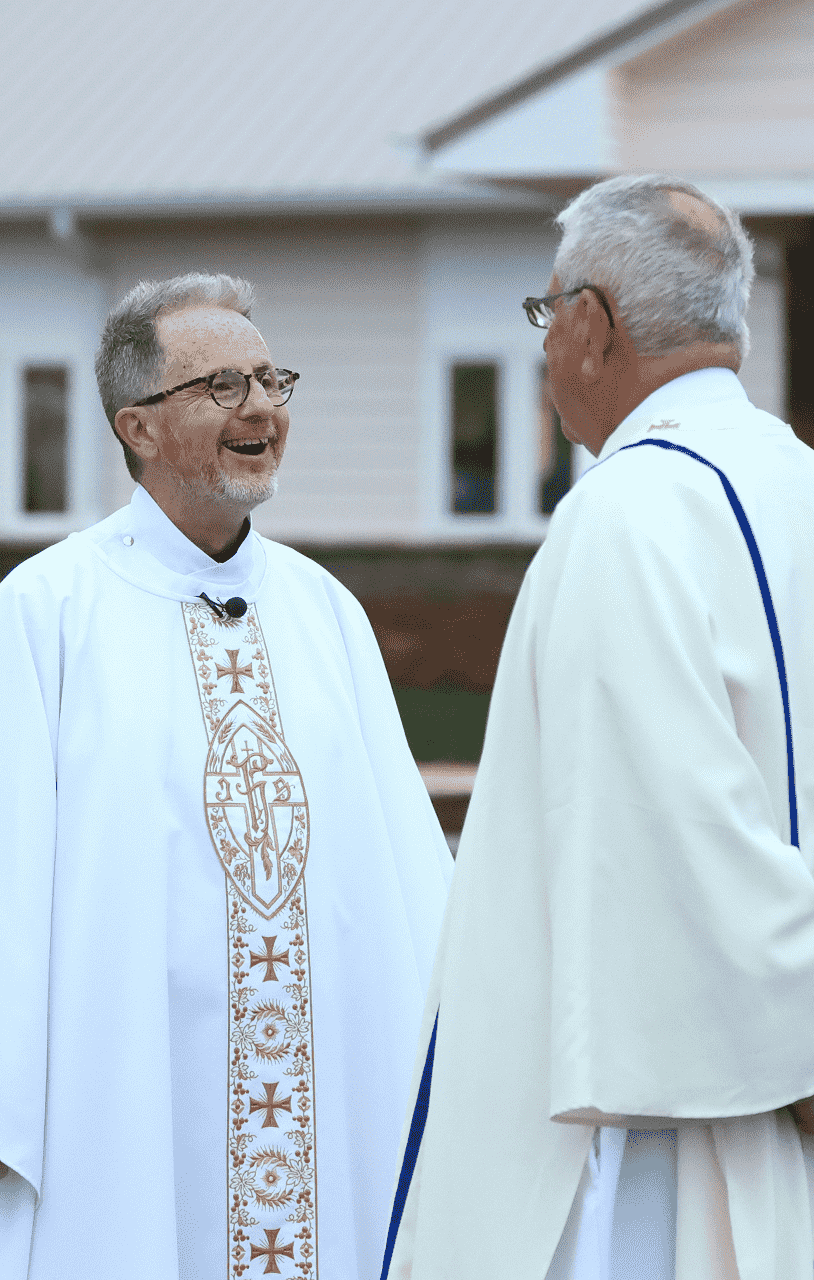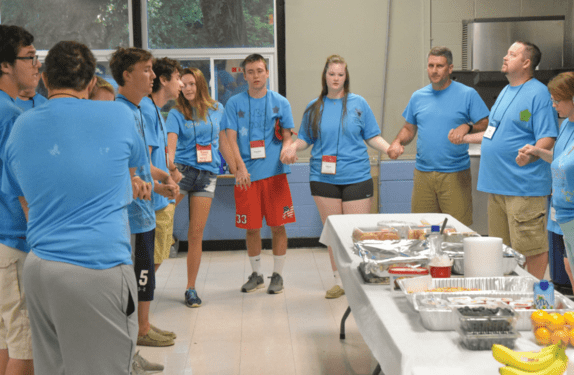The Glenmary Research Center (GRC) supports and assists Glenmary Home Missioners by providing applied research to Glenmary leadership, individual missioners, Church leaders and the wider society. The GRC operates under a mandate from the Glenmary Executive Council.

Catholic Data in U.S. Religious Affiliation Study Released
The most complete data available on U.S. religious affiliation was released on May 1, 2012, at a press conference during the annual meeting of the Associated Church Press in Chicago. The 2010 U.S. Religion Census: Religious Congregations & Membership Study, a county-by-county enumeration of religious bodies in the United States, is the latest in a series of every-10-year studies conducted at the same time as the U.S. census.
The Glenmary Research Center(GRC), founded in 1966, was the publisher of studies released in 1971, 1980, 1990 and 2000 and a key stakeholder in the 2010 version. The GRC is responsible for and funds the collection of the data for Catholic (Latin and Eastern Rite) parishes throughout the United States and is disseminating the Catholic data included in the study. The GRC is also distributing a free 25-by-38-inch, four-color “Major Religious Families of the United States” wall map (shown above) on request. The Association of Statisticians of American Religious Bodies (ASARB) serves as the publisher of the 2010 study.

The Catholic data shows the populations in the urban areas of the Northeast and Midwest are declining. While the Northeast, a traditionally Catholic region, continues to have the highest Catholic population (18.3 million), the 2010 study shows a shift in this population to the urban areas of the West and South while the number of Catholic churches by region has remained more stable.
As a result, the number of Catholics per church has grown in the South and, particularly, the West. In 1971, there were less than 2,000 Catholics per church in the West. In 2010, there were nearly 4,200, with nearly 7,800 per church in
California. The rural South, where the majority of Glenmary missions are located, continues to be the least Catholic region in the country.
“The out-migration from the Northeast and Midwest has been a trend over the past several decades,” says Cliff Grammich, who compiled the Catholic data. “Some of the northeastern dioceses show a huge drop in Catholic population in this study because the number of deaths have been exceeding the number of infant baptisms. In some dioceses, there are only two infant baptisms for every three Catholic deaths.”
The data collected for the study also show the total number of Catholic adherents—the number of baptized Catholic individuals recognized by each parish and mission in the United States—at 58.9 million, three times that of the second-largest religious body, the Southern Baptist Convention.
Grammich noted that the total number of Catholics in the United States reported in the 2010 study indicates, on the surface, a decrease of approximately 5 percent from the 2000 total of 62 million. But, because the methodology used to collect the data changed for the 2010 study, he says it’s difficult to draw absolute conclusions when comparing the Catholic statistics in the two studies. (Read more about the definitions used in the study and the accuracy of the statistics.)
For the 2010 study, U.S. parishes and missions were asked to provide sacramental and vital statistics for the past year that included the number of registered households and individuals, infant baptisms, funerals and those attending Mass. From those statistics, the number of active, recognized Catholics was aggregated. In the past, the statistics were provided by dioceses.
The decision to change to a more congregational-based methodology was made, Grammich says, to obtain “a more realistic” number of active Catholics in the United States and to provide a “definition comparable to those of other religious bodies in the study. As a result, the 2010 study represents a more accurate picture of U.S. Catholics who are recognized by and affiliated with specific church communities.
“Some national surveys indicate that about 25 percent, or more than 75 million persons, in the United States identify themselves as Catholic. Yet these same surveys show only about two-thirds of those claiming to be Catholic, or about 50 million, say they attend religious service more than once yearly.” Grammich said.
The 2020 U.S. Religion Census: Religious Congregations & Adherents Study reports that over 161 million Americans (48.6% of the population) were associated with the 372 reporting religious bodies. The previous study, conducted in 2010, enumerated data on 236 religious bodies.
The 2020 survey includes the number of churches/congregations, full members and adherents for each group in each county in all 50 states. Data can also be presented by state, region and religious group.
The survey includes data from Christian, Protestant, Jewish and Islamic groups as well as Buddhist and Hindu traditions. The Catholic data includes both Eastern and Latin rite traditions.
For more information regarding the Catholic data collected for the 2020 study, contact the Glenmary Research Center.
The Glenmary Research Center has created Fast Fact information tables for all the counties in the United States. The data for these Fast Facts are taken from the Religious Congregations & Membership Study: 2010 and the Quick Facts made available by the U.S. Census Bureau.
Within each PDF are individual pages for all the counties in a state. County Fast Facts include comparable statistics on the county, diocesan, the state, and national level. Each county report is broken down into the following categories
In addition, the three largest faith groups in the county, diocese, state and nation are listed.
Please Note: The data used to calculate the number of Catholics living in a county was taken from the Religious Congregations & Membership Study 2010, which counted as one body both Roman Catholics and Eastern Rite Catholics. Diocesan, state and national numbers included in these Fast Facts also reflect both Roman Catholic and Eastern Rite Catholic populations. To obtain the number of Roman Catholics or Eastern Rite Catholics living in a particular county, please contact the local diocese.

Alabama
Alaska
Arizona
Arkansas
California
Colorado
Connecticut
Delaware
District of Columbia
Florida
Georgia
Hawaii
Idaho
Illinois
Indiana
Iowa
Kansas
Kentucky
Louisiana
Maine
Maryland
Massachusetts
Michigan
Minnesota
Mississippi
Missouri
Montana
Nebraska
Nevada
New Hampshire
New Jersey
New Mexico
New York
North Carolina
North Dakota
Ohio
Oklahoma
Oregon
Pennsylvania
Rhode Island
South Carolina
South Dakota
Tennessee
Texas
Utah
Vermont
Virginia
Washington
West Virginia
Wisconsin
Wyoming

4119 Glenmary Trace, Fairfield, OH 45014
Dirección Postal: PO Box 465618, Cincinnati OH 45246
